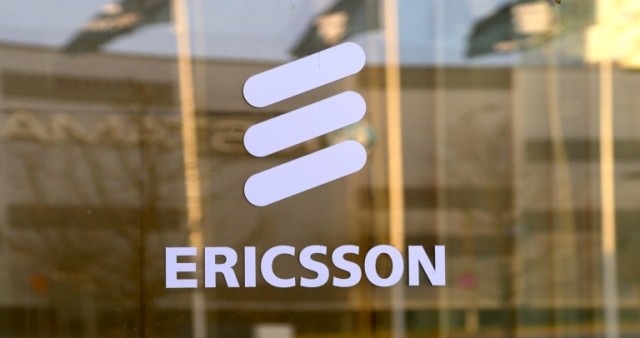 Ericsson announced its 5G platform for mobile operators to assist them in generating IoT revenue and focus on the data-heavy applications like Virtual Reality and Augmented Reality.
Ericsson announced its 5G platform for mobile operators to assist them in generating IoT revenue and focus on the data-heavy applications like Virtual Reality and Augmented Reality.
Both Nokia and Ericsson will be presenting their 5G strategy at the Mobile World Congress (MWC 2017 in Barcelona).
ALSO READ: Ericsson’s 5G platform
Ericsson said its new 5G platform comprises the 5G core, radio and transport portfolios, together with digital support systems, transformation services and security. Nokia is yet to come out with its 5G technologies and test results.
There will be a $582 billion market opportunity globally by 2026 as telecom operators leverage 5G technology for industry digitalization.
Investment in 5G will enable telecom operators to add 34 percent growth in revenues in 2026. Manufacturing and energy / utilities sectors will represent the biggest opportunity for revenues created or enhanced by 5G, according to Ericsson.
Verizon and Swisscom in 5G testing
“Our trials with 5G technology in 11 cities across the US are an important step in accelerating the path to the next generation of wireless services,” said Roger Gurnani, chief technology officer of Verizon.
“As we are taking our first steps towards 5G, Ericsson’s new wideband four-transceiver radio will help us produce even more speed on 4G,” said Daniel Staub, head of Joint Mobile Group, Swisscom.
The latest Analysys Mason IoT report said mobile operators can make IoT revenue of over $200 billion by 2025.
“We introduce our 5G platform to support the beginning of a change in network capabilities, allowing our customers to offer more advanced use cases and new business models to their customers,” said Arun Bansal, head of Business Unit Network Products at Ericsson.
Ericsson and 5G
Ericsson said its first 5G Core System is capable of 5G use cases based on network slices. Network slicing allows an operator to provide dedicated virtual networks with functionality specific to the service or customer over a common network.
Federated network slices for 5G roaming extends this concept to a visited network. This technology will make it possible for an operator to provide a network service globally, ensuring enterprises do not need individual agreements with different operators for a global service experience.
Network slice management will automate the setup of service connections and to secure service quality, to save costs and to gain fast time to service.
5G policy and user data for network slices will ensure users get the right service quality and have data integrity.
Distributed cloud will facilitate short latency applications, such as real-time face recognition, by moving applications and workloads closer to the access.
5G-enabled packet core will allow separation of control and user data, as well as better capacity and user data rates.
5G transformation services will ensure the migration of the network and operation from legacy to 5G core, virtualized and based on an automated operational model.
“Ericsson’s 5G product launch is a firm demonstration of its expertise in 5G and NFV, adding value on top of its existing core functionality. It indicates technology maturity for NFV and 5G core and federated network slicing is a radical forward-looking concept, opening up for new business models opportunities,” said Dimitris Mavrakis, research director, ABI Research.
In radio and transport, Ericsson adds mid-band and high-band 5G New Radio (NR) Radios to the world’s first 5G NR radio. The 5G radio portfolio will be the first to support the new standardized 5G fronthaul interface (called eCPRI).
Ericsson will be delivering new innovations on the road to 5G via the LTE networks, and 1 Gbps LTE solutions. New products complement Ericsson Radio System and will increase the energy and spectrum efficiency of 4G networks and app coverage improvements. In addition, new radios will create fast 1Gbps LTE networks.





